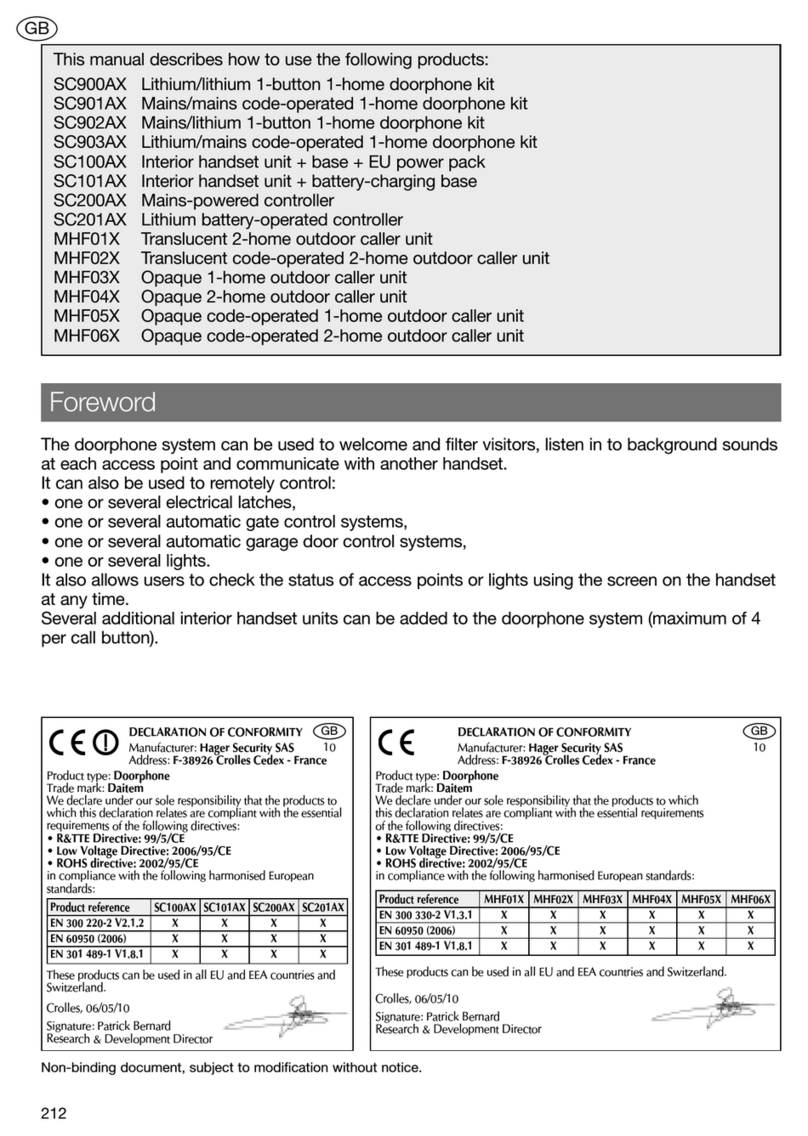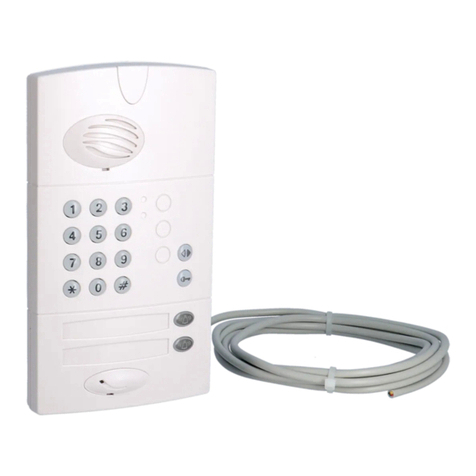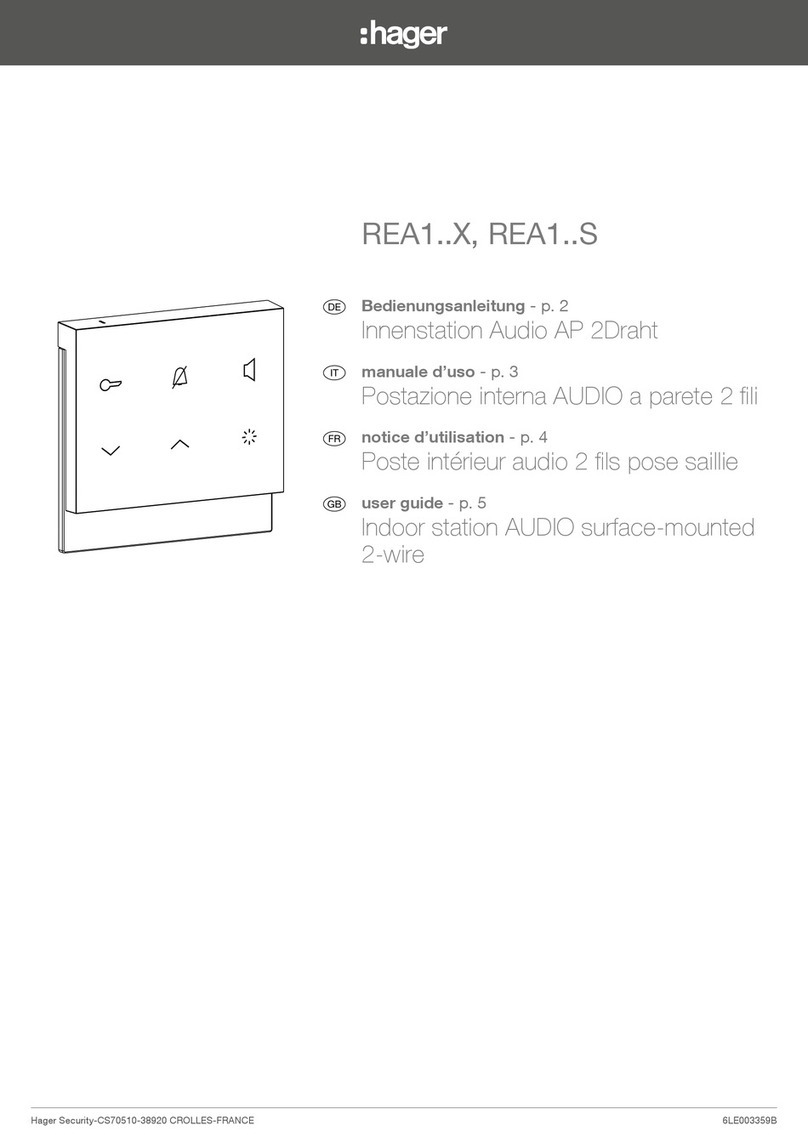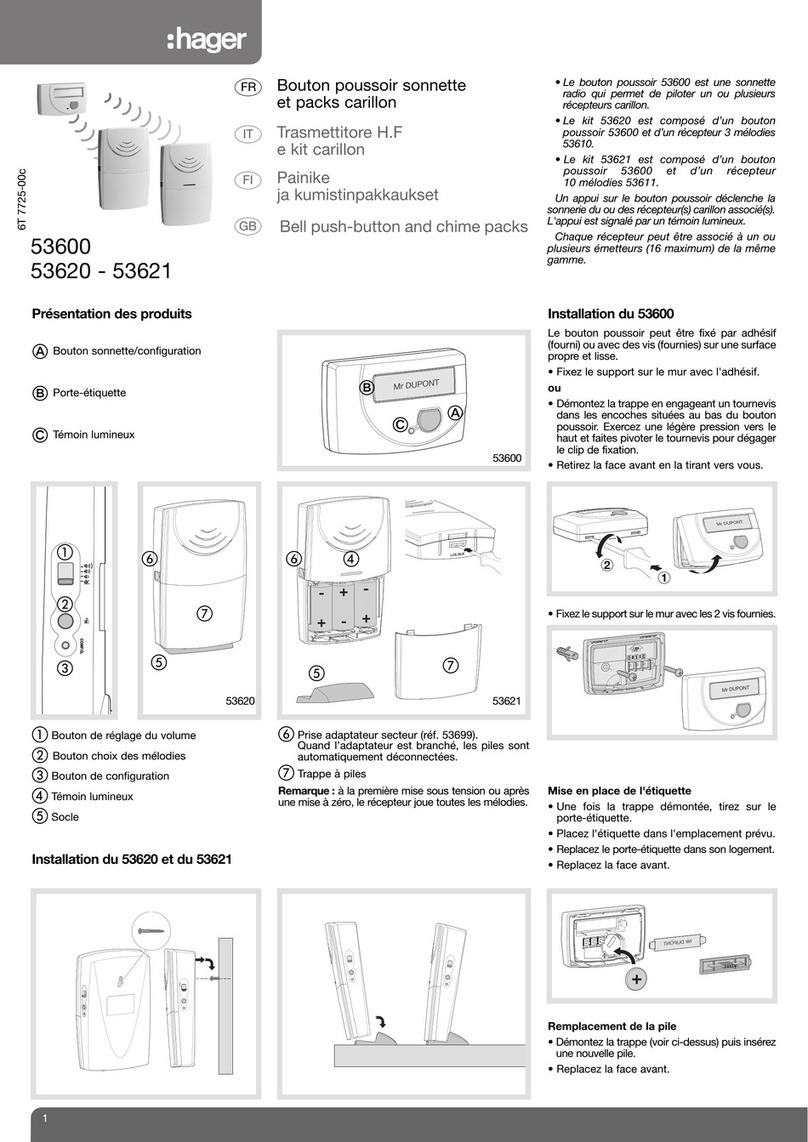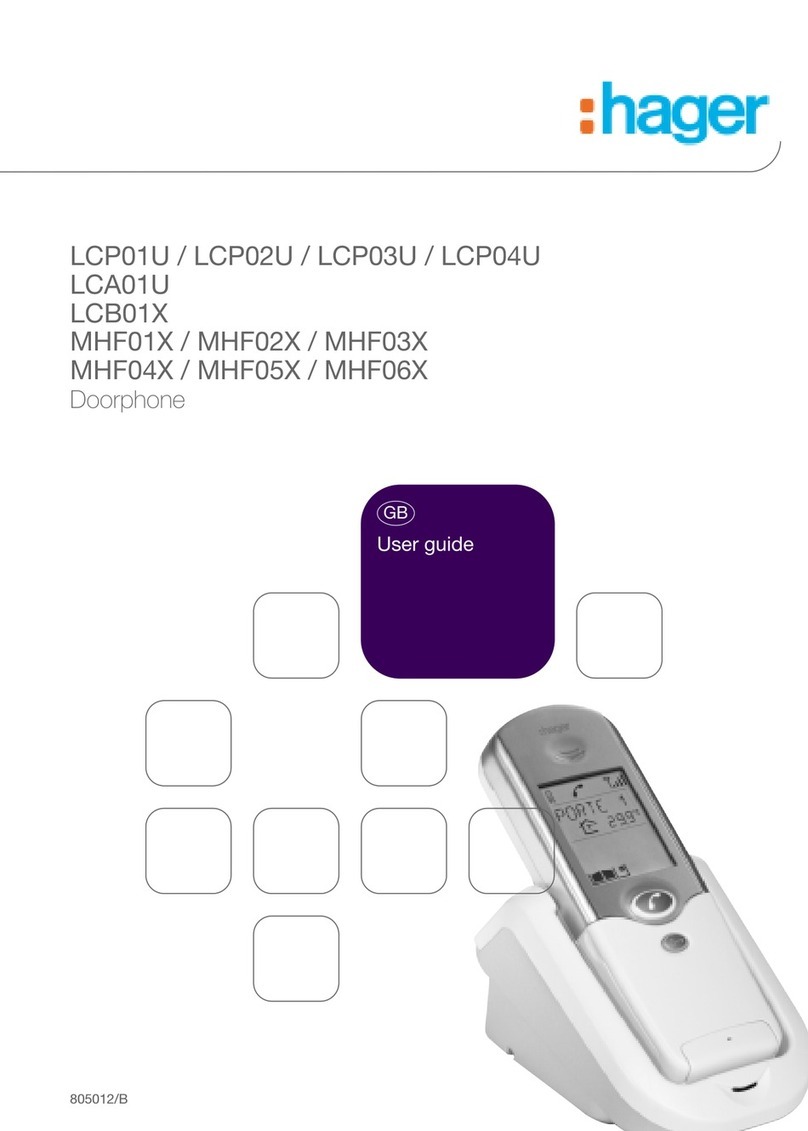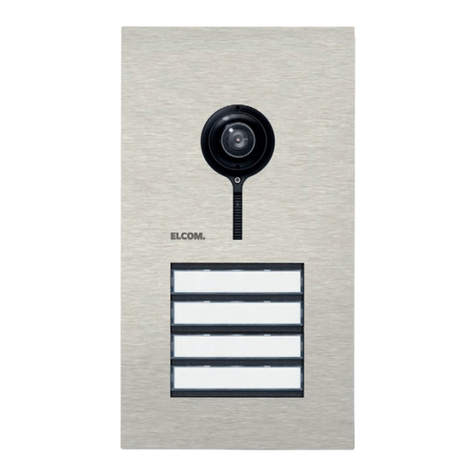177
1. Introduction .................................................................................................................................................... 178
2. Description...................................................................................................................................................... 180
2.1 Outdoor system ......................................................................................................................................... 180
2.2 Interior handset unit................................................................................................................................... 180
3. Tooling required ............................................................................................................................................. 184
4. Preparation ..................................................................................................................................................... 185
4.1 Guarantee stickers..................................................................................................................................... 185
4.2 Charging the handset before installation .................................................................................................. 186
5 Installing the outdoor system........................................................................................................................ 189
5.1 Installing the outdoor caller unit ................................................................................................................ 189
5.2 Installing the controller............................................................................................................................... 194
5.3 Connecting the equipment........................................................................................................................ 195
5.4 Powering the controller.............................................................................................................................. 198
5.5 Creating the radio link between the handset and the controller .............................................................. 200
6. Testing the radio range ................................................................................................................................. 203
7. Installing the interior handset unit............................................................................................................... 204
7.1 On a table................................................................................................................................................... 204
7.2 On a wall .................................................................................................................................................... 204
8. Testing operation ........................................................................................................................................... 208
8.1 Testing communication with each interior handset unit........................................................................... 208
8.2 Testing access controls ............................................................................................................................. 209
9. Appendices..................................................................................................................................................... 210
9.1 General information about creating the radio link .................................................................................... 210
9.2 Testing the radio link.................................................................................................................................. 223
9.3 Deleting radio links and returning to factory programming...................................................................... 225
10 Changing the batteries................................................................................................................................. 229
10.1 In the main controller ............................................................................................................................... 229
10.2 In the handset .......................................................................................................................................... 230
11. Questions - Answers ................................................................................................................................... 231
12. Technical data .............................................................................................................................................. 233
Contents






